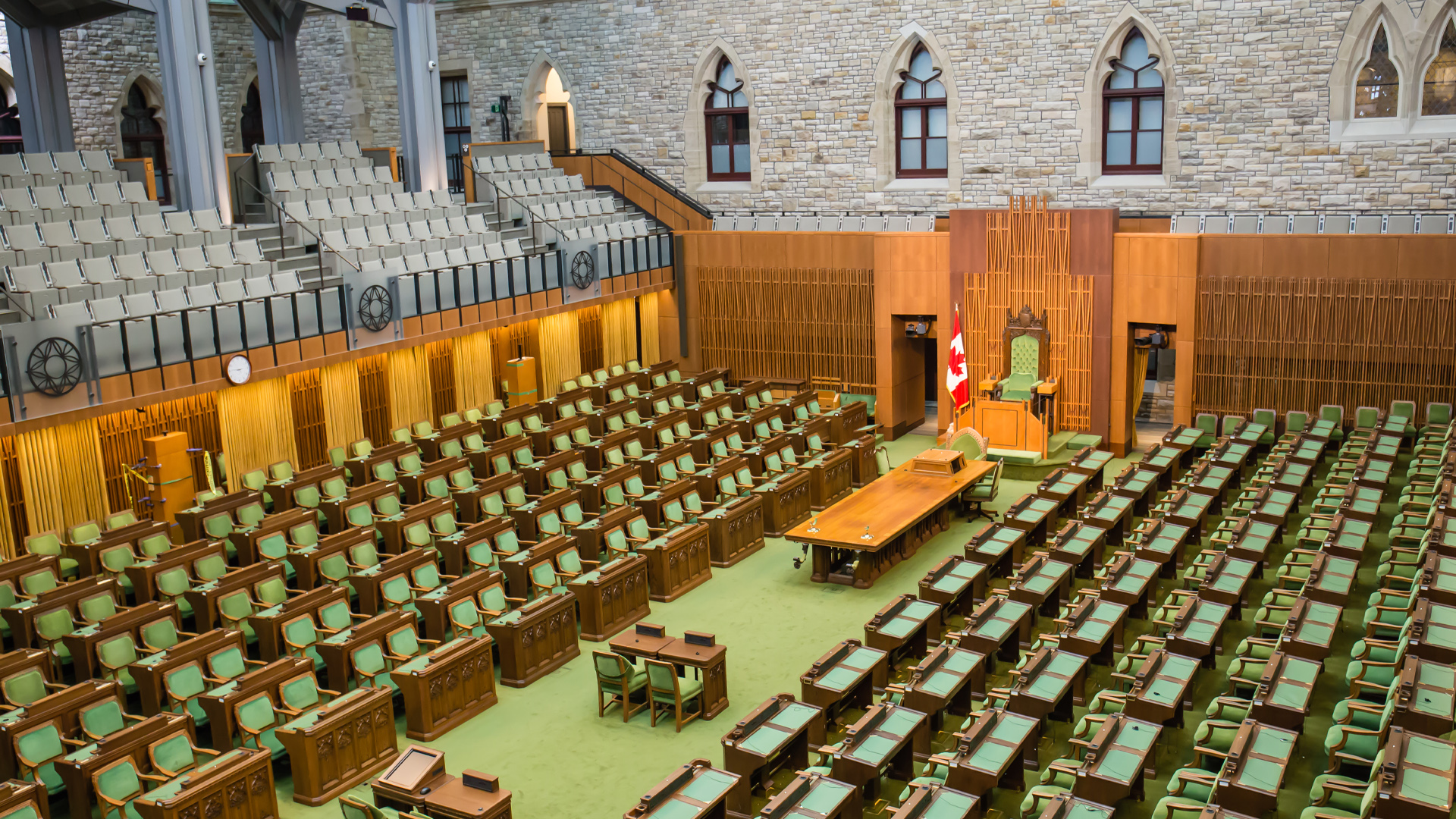
The Liberal government returns to the House of Commons this week, and it has set an ambitious and far-reaching health and social policy agenda. In addition to the Early Learning and Child Care Plan announced in Budget 2021, the Liberals promised several major health care and social spending initiatives in the recent election campaign:
- $6 billion to eliminate health system wait lists
- $3.2 billion to hire 7,500 new family doctors, nurses and nurse practitioners
- $9 billion to begin fixing long-term care
- $5 billion for a new Canada Mental Health Transfer, plus $500 million to combat the opioid crisis
All in, that’s $23.7 billion in new transfer-payment dollars heading from Ottawa to the provinces and territories in the coming years – on top of the $30 billion already committed for childcare. How quickly Canadians see these changes up and operating is a complicated question, and it starts with how the money will get from Ottawa to the provinces and territories.
To change the trajectory of federal spending, start big and follow the money
Buried in Prime Minister Justin Trudeau’s September 28 post-election news conference was an important statement of intent that reveals a lot about the future of transfers, as well as the future shape of federal/provincial/territorial (FPT) relations as the new initiatives are implemented. The PM said the federal government will not be giving cash to premiers without any strings attached: “We’re going to be working together in partnership to expect results. That means there will not be zero conditions,” he said.
This is not a new approach; it builds on the bilateral agreements negotiated for conditional, special-purpose funding for home care and mental health, as well as the more recent approach on childcare. The prime minister’s statement must also be seen in the broader context of intergovernmental fiscal arrangements.
The context of health transfers
The funding of health care expenditures has been a major source of tension for many years in the Canadian federation. Health care is by far the largest single expenditure for provinces and territories; on average it accounts for one-third of their annual budgets. Even before the COVID-19 pandemic, the sustainability of health expenditures was under increasing pressure because of Canada’s aging population and the rising costs of acute care. The Canadian Institute for Health Information reported in early November 2021 that health spending rose by $36 billion (12.8 per cent) in 2020 due to the pandemic, and it will hit $308 billion in 2021.
In 2021, the provincial and territorial premiers called on the federal government to increase the Canada Health Transfer (CHT) unconditionally from the current 22 per cent of costs to “an amount equivalent to 35% of aggregate provincial and territorial health expenditures starting in 2021-2022.” This change would increase the CHT by $27.6 billion in 2021-22 to $69.5 billion. Following the recent election, the premiers released a statement reconfirming health care sustainability as their top priority, and they requested a first ministers meeting before the end of 2021.
The prime minister’s September 28 statement drives a stake through these recent appeals for additional unconditional funding and makes clear the federal intent to make the new federal health (and social) transfers conditional.
Some provinces and territories will respond to the PM’s comments with more showmanship and bluster than content. They will cite their jurisdiction over health care and decry federal interference in the setting of their priorities. But when all is said and done, they will negotiate bilateral agreements with the federal government, agree to the conditions and take the money, but that process of getting to “yes” will be noisy and messy. And after much bluster, Ottawa and Quebec can be expected to negotiate the usual agreement to cover the new transfers under the well-established principles of asymmetric federalism. Simply put, the provinces and territories need the money.
Provincial concerns about the new transfers
During the upcoming negotiations, provincial finance ministers will be concerned about the duration and dependability of transfers that are tied to transient federal purposes, and therefore time limited. On the new child care program, Budget 2021 said, “Future objectives and distribution of funding, starting in year six, would be determined based on an understanding of need and progress achieved as part of this initial plan.” In other words, federal funding will be up for renegotiation at that point. For the new initiatives promised in the election, provinces and territories will be wary of ultimately being left “holding the bag” if federal priorities shift to other programs.
The transfer-payment negotiations could prove difficult for other reasons. Ottawa-Queen’s Park talks on the new child care transfer are currently stalled over how to compensate Ontario for its junior-kindergarten program.
How might implementation proceed?
Governments have some choices on how quickly implementation of the election promises will happen.
- The immediate action to support elimination of wait times could start this fall, but it will require some understanding among the FPT jurisdictions on targets and accountabilities, as well as a definition of the time frame for the added federal support.
- The commitment to hire 7,500 new family doctors, nurses and nurse practitioners will have to take place over a multi-year term because a substantial proportion of these new professionals will need to be trained. Alternatively, some of these additional human resources could come through immigration, but this too will take time; if immigration is going to be used to fill some of these new hires, federal and provincial/territorial policies will require co-ordination.
- For the mental health commitments, the agreements for home care and mental health that took effect in 2017-18 included criteria for performance-measurement and information-reporting that could be updated and used again. On problematic substance use, in the past federal contributions to provinces and territories in this area have flowed as part of the mental health arrangements, and we could assume that the same approach will be used for this new money. But some mental health advocates are calling for the creation of new legislation to provide a framework for FPT collaboration. In addition, Budget 2021 provided $45 million over two years for Health Canada, the Public Health Agency of Canada and the Canadian Institutes of Health Research to develop national mental health service standards. Might implementation of these promises have to await development of the new standards?
- The timing of the funding promised for long-term care is likely to be affected by another standards development process. On March 31, 2021, the Standards Council of Canada, the Health Standards Organization, and the Canadian Standards Association announced a collaborative effort to develop two sets of standards on quality of care and infection prevention and control for long-term care facilities. It is likely these would have to be available before the proposed federal Safe Long-Term Care Act could be finalized between governments.
For all these priorities, the funds could be allocated either by means of an economic update that might occur this fall, in Budget 2022, or in subsequent budgets. Since their objectives will take time to achieve, we can expect these expenditures to be spread over several fiscal years.
The implementation of these election initiatives is going to be a huge task for all levels of government, and it will change the breadth and depth of health and social programs in Canada for years to come.









